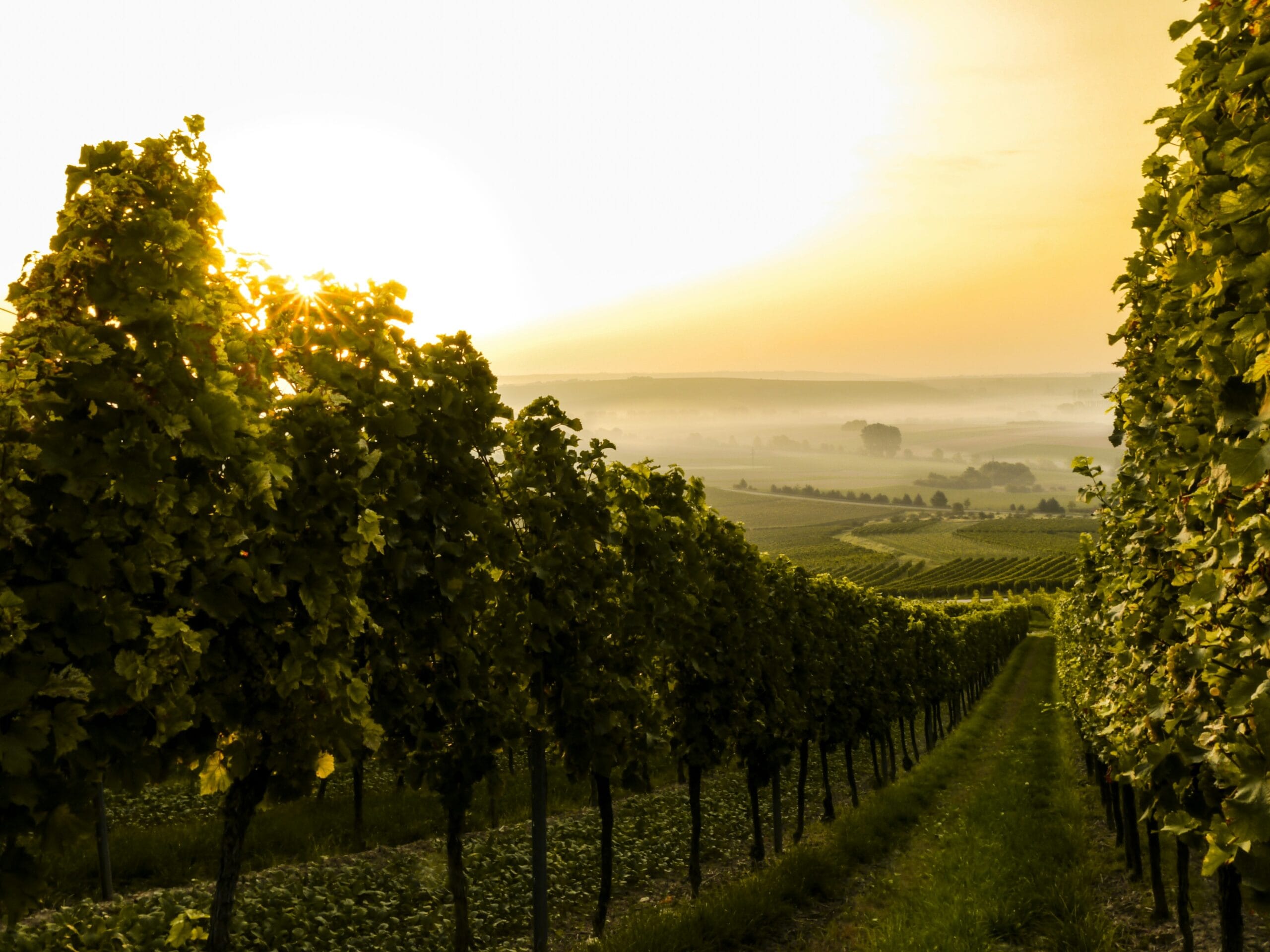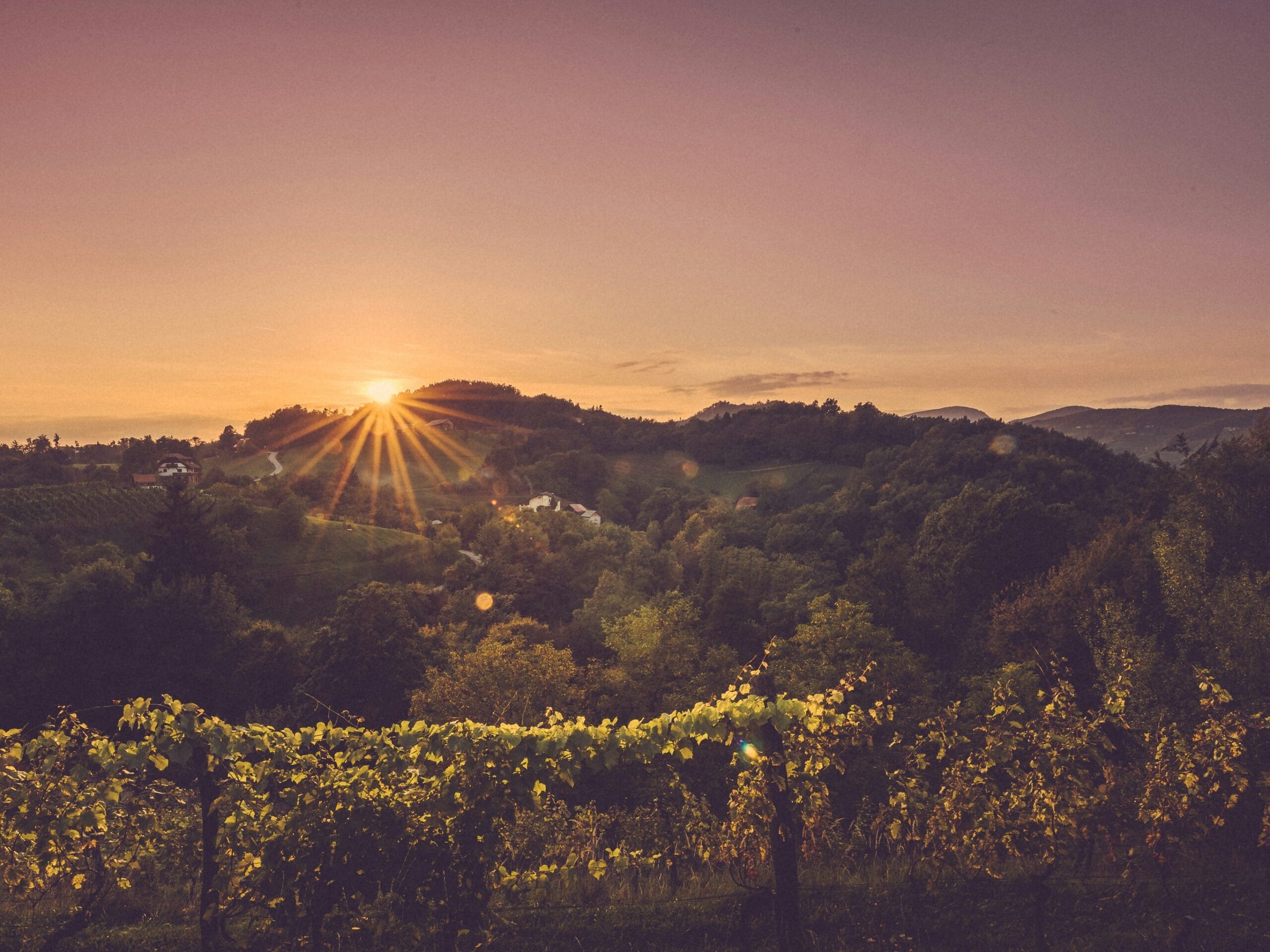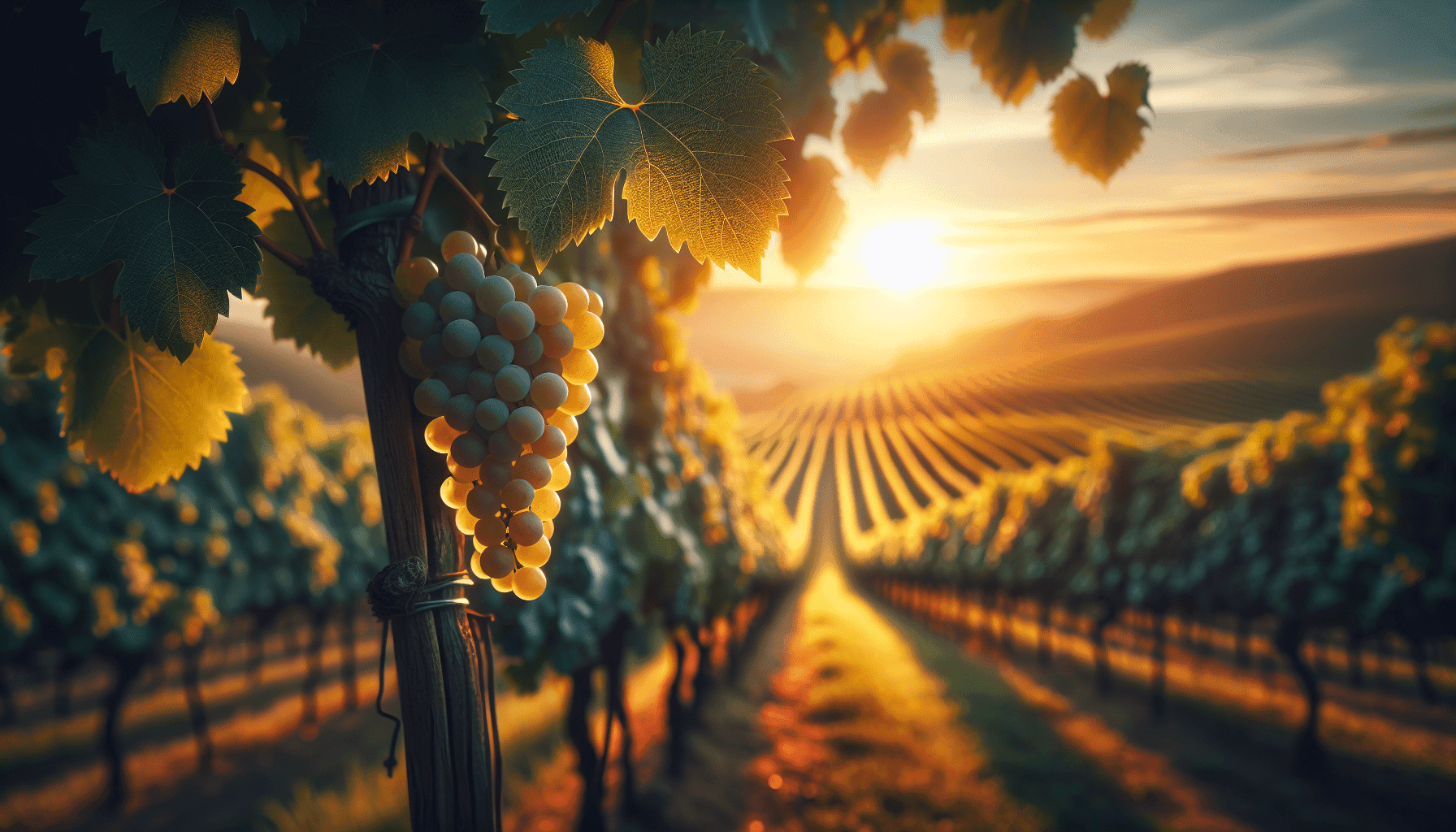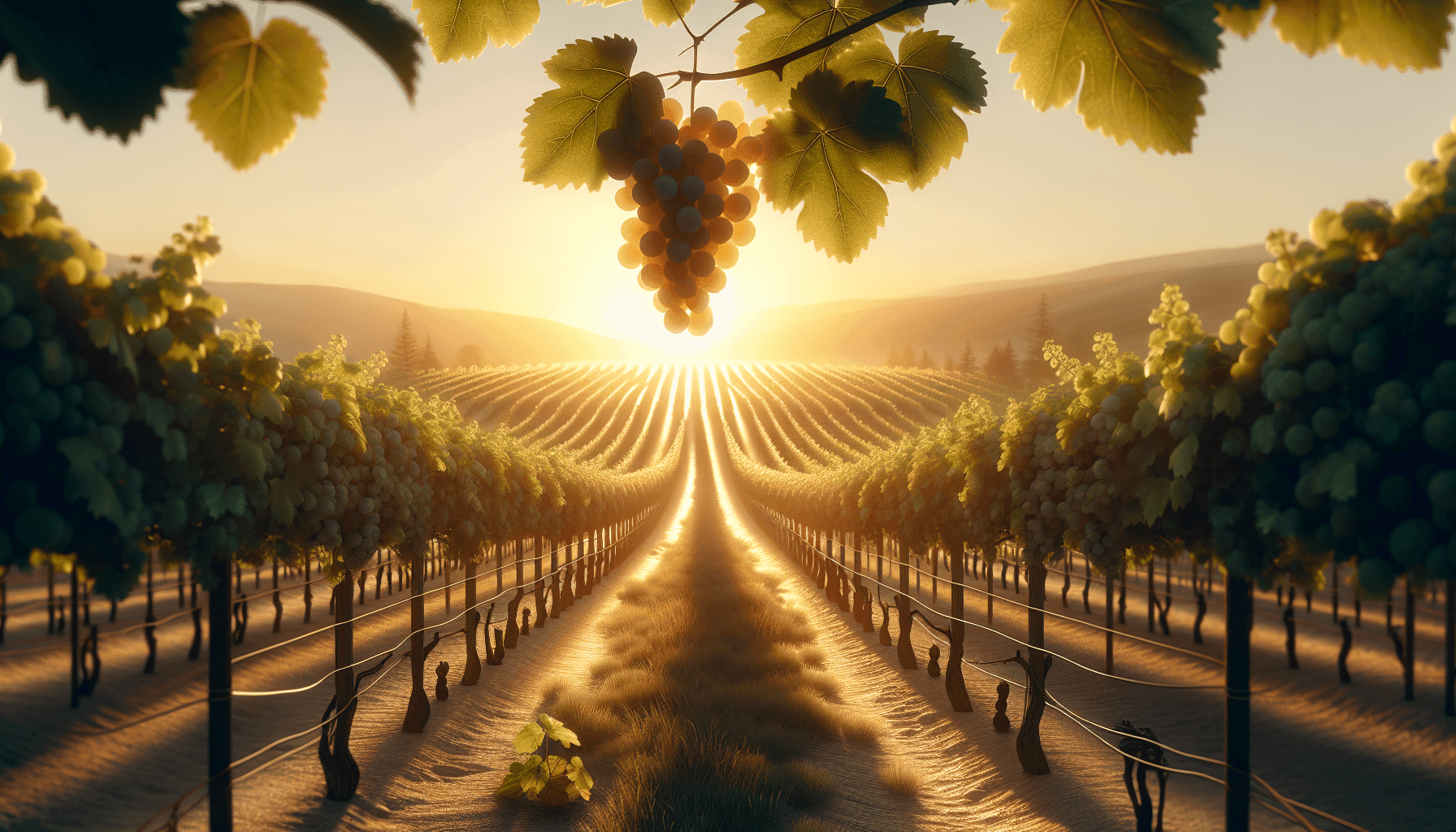
Stepping into a vineyard is like entering an art studio where Mother Nature and human craftsmanship merge to create masterpieces. The artistry of winemaking begins with the vine itself. The variety of grape, the terroir (that unique combination of soil, climate, and terrain), and the meticulous care bestowed on each vine all play significant roles in determining the wine’s character.
Understanding winemaking requires a grasp of key concepts. Terms like fermentation, maceration, and aging often sound like mystical incantations, but they’re integral parts of the winemaking process. Fermentation is where the magic happens—yeast transforms sugar into alcohol, which then develops into the drink cherished worldwide. Maceration involves soaking the grape skins with the juice to infuse color, flavor, and tannins, while aging can occur in a variety of vessels, from stainless steel tanks to ancient oak barrels, each imparting distinct qualities to the finished wine.
Winemakers today face the adventure of balancing time-tested traditions with innovative experiments. Some adhere strictly to organic or biodynamic practices, ensuring every sip is as pure as possible. Others are pioneering new techniques, such as using drones or AI to monitor vine health. The goal remains the same: crafting the perfect bottle that encapsulates the spirit of the vineyard and the story it tells.

This image is property of images.unsplash.com.
To truly understand the impact of terroir, let’s examine Burgundy, France. This region is a perfect case study of how environmental characteristics dictate the soul of a wine. Burgundy’s wines, especially its Pinot Noir and Chardonnay, are famed for their expression of terroir. The patchwork of climates and geological diversity in this region creates nuanced profiles distinctly tied to their origins.
A Pinot Noir from the cool, limestone-rich vineyards of Côte de Nuits contrasts starkly with one grown in the vibrant, sun-soaked fields of California. Each sip reflects a narrative unique to its birthplace, providing a delightful sensory experience that is both comforting in its familiarity and exciting in its individuality.
To see how terroir shapes wines across the globe, let’s compare Bordeaux, France, to Napa Valley, USA. In Bordeaux, the maritime climate coupled with gravelly soil fosters wines with remarkable acidity and structure, most notably Cabernet Sauvignon and Merlot blends. Napa Valley, with its abundant sunshine and diverse microclimates, produces bolder, fruit-forward Cabernet Sauvignons known for their opulence and depth. Here’s a simplified table to highlight the differences:
| Region | Climate | Key Varieties | Wine Characteristics |
|---|---|---|---|
| Burgundy | Continental | Pinot Noir, Chardonnay | Elegant, earthy, mineral-driven |
| Bordeaux | Maritime | Cabernet Sauvignon, Merlot | Structured, tannic, age-worthy |
| Napa Valley | Mediterranean | Cabernet Sauvignon | Rich, opulent, high fruit intensity |

This image is property of images.unsplash.com.
Vineyards today are not just surviving; they are thriving and adapting to the demands of a modern world. Embracing sustainability, technology, and consumer preferences, modern vineyards are at the forefront of agricultural innovation.
An increasing number of vineyards are turning to sustainable practices to preserve their land for future generations. Organic farming avoids the use of synthetic pesticides and fertilizers, while biodynamic practices incorporate holistic and homeopathic techniques to bring balance to the vineyard ecosystem. These methods are vital for reducing environmental impacts while maintaining the integrity and quality of the wine.
Technology is revolutionizing the way vineyards operate. Precision viticulture employs satellite imagery and GPS mapping to monitor and manage vineyards, ensuring optimal conditions for grape growth. This reduces waste and enhances efficiency, showing that even age-old traditions can benefit from technological advancements.

As we look to the future, the implications of current trends and innovations shape the wine industry’s trajectory. Climate change poses significant challenges, yet it also spurs creativity in adapting grape farming to new conditions. Regions like England are emerging as competitive wine producers thanks to shifting climates previously unfavorable to grape cultivation.
Future vineyards could see grape varieties historically tied to specific regions becoming more versatile as winemakers experiment with crossbreeding—a fascinating prospect that could redefine wine regions. Such changes could democratize the world of wine, making unique bottles more accessible to all. You might find a crisp Sauvignon Blanc from England contesting the stalwarts of France and New Zealand.
As we raise our glasses, one must ponder: what will these changes mean for the traditionalists? And how might they alter our understanding and appreciation of wine’s storied heritage?

In journeying through this wine wonderland, we’ve uncovered the intricate blend of history, art, and science inherent in every vineyard vista. Each wine tells a tale spun from its vines, steeped in tradition yet always looking forward to future innovations. Just as no two vineyards are the same, no two wines offer identical experiences—they each bring their own chapter to the endless story of winemaking.
In wrapping up, what wines have sparked your curiosity or surprised you with their story? Perhaps on your next winery visit, you’ll explore not just the flavors but also the fascinating histories and innovative futures held within each glass. Let these tales and reflections deepen your appreciation for this age-old craft—one sip at a time.
We hope you find this world as captivating as we do, and remember: there’s always more to explore and savor. Cheers!
Top 5 Wine Tours in Tuscany: Unveiling Florence’s Wine Wonderland
Wine Tasting Tours: Explore the World of Fine Wines